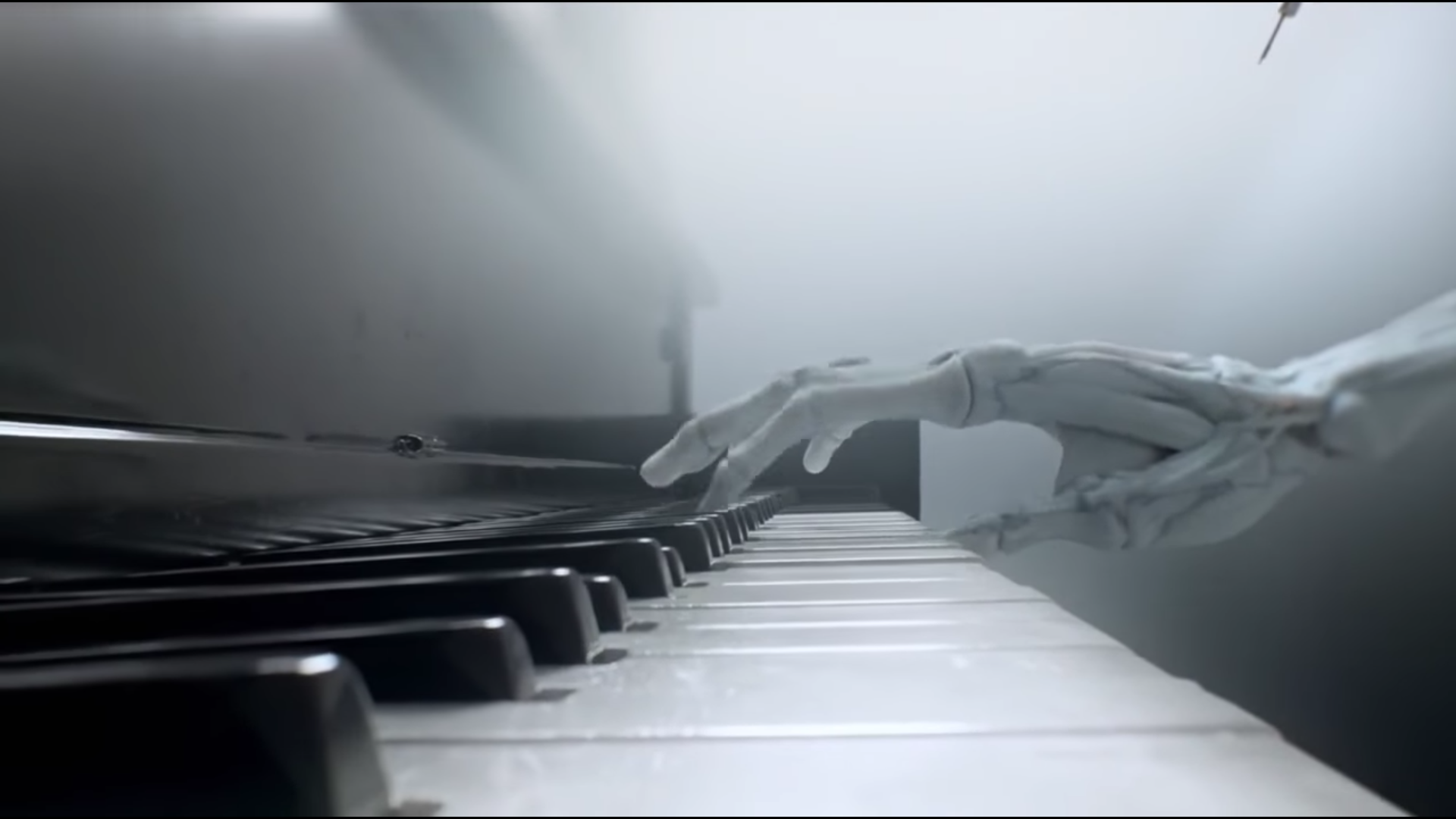We’re in the golden age of opening title sequences for TV shows — but it’s still not enough to keep us interested.
Long gone is the time when the theme songs of Happy Days and Hawaii Five-O were at the forefront of pop culture. Each of these themes is a product of its time and is iconic in its own right, but they’re both relics in the modern era of television.
With shows like American Gods and Westworld debuting increasingly unique, cutting-edge and intense theme song sequences, the world of television is morphing in an attempt to keep viewers more engaged and less likely to skip the intro entirely.
Theme music has not changed dramatically. Perhaps the quality and production value of each song has improved with technology, but there has been no major revolution on the sonic end of opening themes fun shows have always had upbeat or quirky theme songs just as dramas have always had melancholy or intense theme songs.
The real change has taken place in the visual aspect of each theme song. Westworld, for example, has an exquisite theme song that could stand on its own. But the song needs the mesmerizing special effects showing cowboys being carefully crafted from high-tech machinery to fully convey its drama and emotion.
Even shows with opening themes considered — musically and visually — boring by today’s standards use special effects and CGI to ramp up the spectacle of their intros. Iron Fist does not have a notable theme song, but the faceless icon that moves across the screen keeps viewers interested by performing fighting techniques tracked by a watercolor paintbrush.
But today’s viewers want more than spectacle and a catchy melody from theme songs, or else they will skip them. “Binge-watching,” a unique millennial phenomenon that invol — who am I kidding, you know what that is. The point is, who wants to watch the same minute-and-a-half opening sequence after you have just seen it lead into the past 3 episodes you watched within an hour?
The theme song worked well as a hype-man for live television, but with online streaming taking over, it becomes a hassle to skip over rather than an exciting build up. That’s why shows must begin to follow the Game of Thrones model.
No, this does not mean just have a fantastic show with incredibly well-written source material. It means giving the audience something to look forward to in each opening sequence by changing it for each episode.
In shows like Westworld, The Walking Dead and many other shows, the same theme functions as an excellent introduction despite its repetitiveness. By contrast, the Game of Thrones model teases the changing content of its episodes in the theme song. The show’s intro features a 3-D map with significant locations rising from the ground one at a time. The excitement comes from the shown locations changing week to week.
A new location in the intro means we will be seeing a new location in the show itself. This sparks excitement, intrigue and anticipation in the viewer and — more importantly — gives them a reason to watch.
While this model may be difficult to follow exactly, shows can tease new locations, characters or themes with a changing theme song. Hell, shows could even add a mad-lib style part of the theme song that captures the previous episode’s events, like Netflix’s A Series of Unfortunate Events.
The point is, TV shows need to keep us interested with opening themes. And while CGI spectacle may initially draw us in, it will not keep us around.



